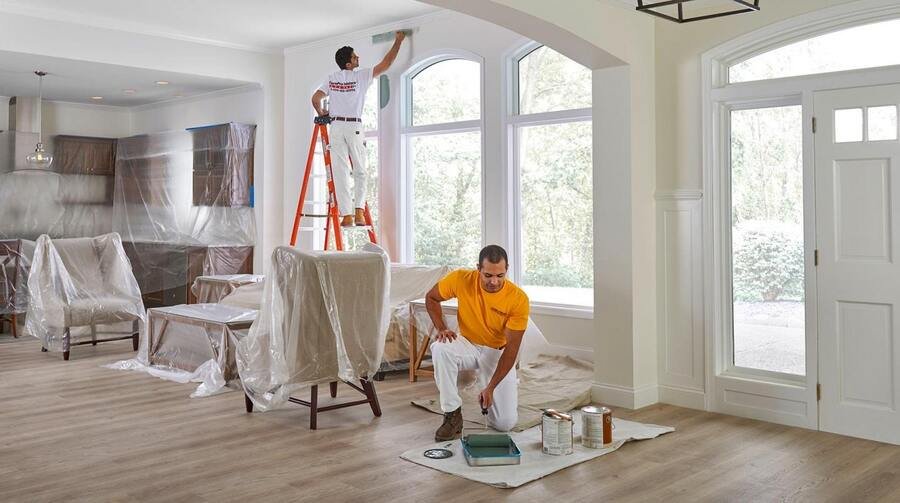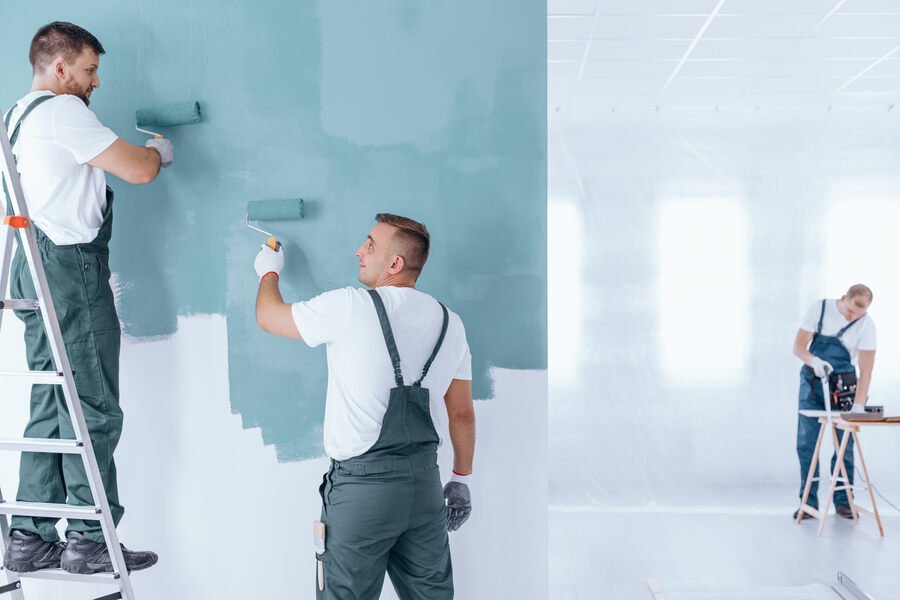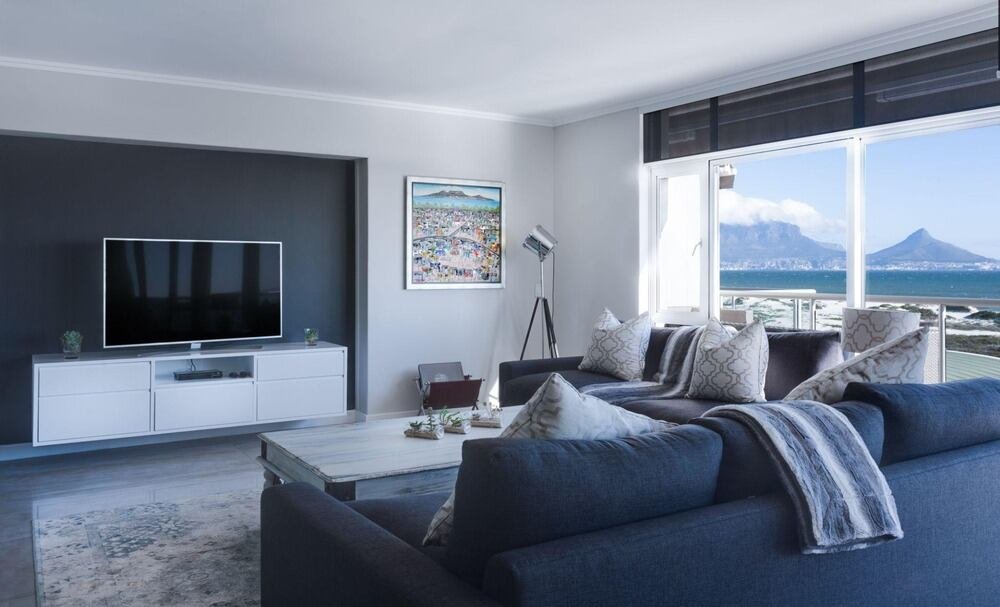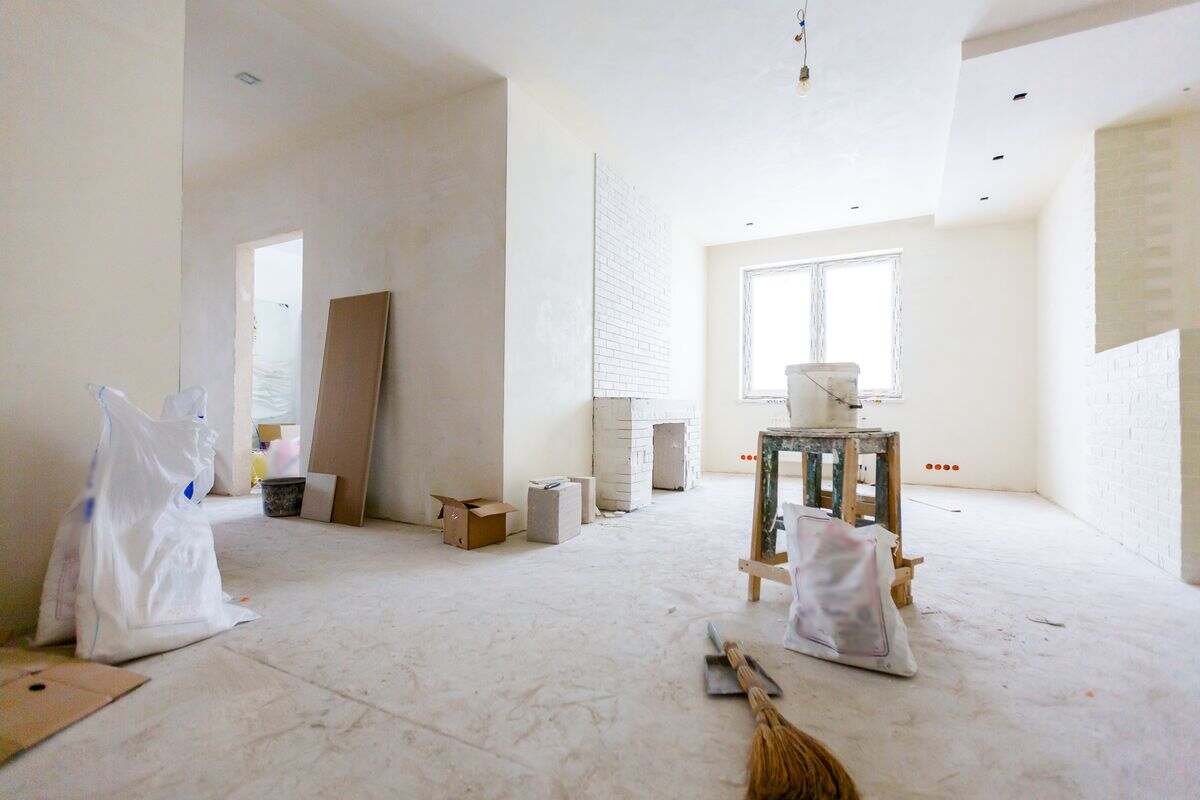A good first impression goes a long way. If you want to leave an excellent first impression on your guests, look no further from your property’s exterior. The exterior is the first thing guests to your home or office encounter as they enter these spaces. Hence, you need to pay attention to how your exterior looks.
To improve the looks of your exterior, you can apply a fresh coat of paint to it. To help you pick the best exterior paint, check out the following below:
6 Things to Know While Choosing An Exterior Paint
1. Be Aware Of The Theme Of Your Building
To bring out the best of the looks of your exterior, choose an exterior paint whose color and theme match what your exterior has got going.
Assume you’ve gone for a modern look in your interior. Extend the same theme outside by choosing white or light grey exterior paint. People adopt light colors to depict elegance and modern times. For a more traditional theme, nonetheless, choose a dark exterior color, like brown, in your preferred shade.
Consider adopting different colors to break the monotony of one color. For instance, use white and dark grey, white and navy blue, or light grey and wood brown. It’d help to get a paint sample of your ideal combinations before settling on any paint for your exterior.
2. Pick A Paint That’s Known For Its Durability
Paints intended for exterior areas need to be highly durable. If you want your newly painted exterior to look its best for a long time, look out for durability.
Pick durable paints like Benjamin Moore exterior paint that are waterproof or water resistant. This feature prevents rainwater from penetrating the paint that’ll lead to peeling.
Prolonged exposure of paint to the sun causes it to fade, negatively affecting the aesthetics of your exterior. Hence, choose fade-free exterior paint. Fade-free exterior paints have high-quality pigments and chemical binders in them.
Your external wall is constantly exposed to dust and dirt that can hasten paint deterioration. For exteriors that undergo regular washing, choose washable exterior paint; one with acrylic resin is ideal.
3. Keep In Mind Of The Neighborhood Restrictions Up In Place In Your Are
Some neighborhoods have restrictions in place regarding the exterior of the houses or buildings located within their jurisdiction. Why? This is because some aim to conserve a specific theme for the whole community, preserve architectural designs, and so on.
Check if you live in a neighborhood that has strict exterior design rules. Connect with your local homeowners’ association (HOA) representative or neighborhood official. It’s crucial to find out design restrictions to find the perfect exterior paint that you’ll use.
For instance, the neighborhood you’re in might have a theme involving brick red, white, or grey colors. Thus, you must pick exterior paint of the said exterior paint shades; failure to do so might result in penalties and fines. And you’ll likely be forced to redo your paint project to adhere to the aforementioned rule and blow a hole out of your pockets.
4. Check Out The Location The Paint Will Be Used
Different parts of your exterior have varied exposures. Some are directly exposed to the elements, while others aren’t.
Handpick exterior paint that works with the kind of exposure certain exterior features have. For example, for exterior surfaces like walls with no roofing, pick a weatherproof exterior paint brand. On the other hand, for roofed decks, you can select an all-around and durable exterior paint.
5. Factor In The Costs
Painting your exterior doesn’t have to cost a fortune. You can still apply a fresh coat of paint to most of your exterior without breaking the bank.
Set a reasonable working budget for the exterior painting project. Factor in different expenses like the paints themselves, painting tools, and so on. To get the most out of your buck, compare different exterior paint brands and each one’s price points, features, and so on.
6. Consider Insulation
Proper insulation equates to energy efficiency. What is insulation, you may ask? It refers to the control of heat loss or gain to a given space.
And did you know that your home’s exterior plays a role in insulation – particularly the paint used on it?
It’s said that dark exterior colors retain the sun’s heat, which then transfers into your home and warms its interior. On the other hand, light colors reflect the sun away, reducing the amount of heat the building absorbs.
If you live in a cold area most of the year, choose a dark-colored exterior paint to boost your home’s warmth. And if it’s often hot in the region you’re living in, light-colored paint should be your go-to choice.
Conclusion
Do you have an upcoming exterior painting project, and you still don’t know how to proceed with it? To begin, you must pick the best exterior paint that’ll meet your needs. Luckily, the points above have listed different considerations you can use.
Recommended Posts:














